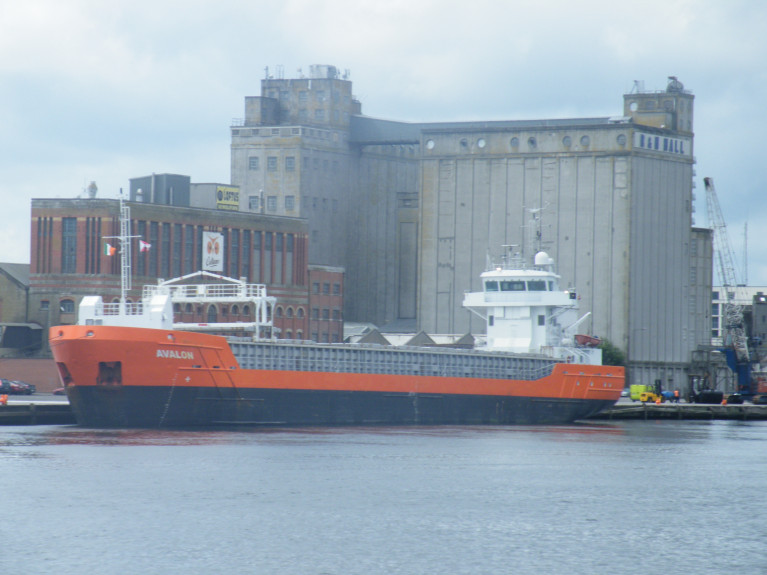Displaying items by tag: Aquire docklands site
Millions is to be spent by Cork City Council to buy the Port of Cork’s city-centre quays to help facilitate one of the largest docklands regeneration schemes in Europe.
The local authority and the commercial semi-State company have reached an “agreement in principle” that will see the council acquiring around 1.5km of quayside along the city's north and south docks following the relocation of the port company’s city centre operations to its expanded facilities downstream at Ringaskiddy.
Neither side has commented on the purchase price but it is understood that the figure will run to several million euro — significantly below the estimated €26m that was offered by the city at the height of the property boom when the port was planning its relocation downstream.
The agreement, it’s understood was signed off last Friday, now paves the way for detailed negotiations between both sides on the heads of the agreement.
Both parties have agreed to establish working groups to hammer out the detail.
It is understood that the deal will only be triggered when the port company relocates all of its city centre operations to Ringaskiddy. The timeline for the completion of that relocation is unclear.
The south docks became a go-to destination during lockdown, with hundreds of people regularly socialising on Kennedy Quay.
The gatherings highlighted the area's public amenity potential but the company had to fence the area off on safety grounds.
Further details from the Irish Examiner which has on the waterfront property development.
Last November, Afloat reported on another Cork City Docklands project when O’Callaghan Properties announced a planning application for a €350m mixed development scheme.
The scheme on the south docks is to repurpose the famous Odlums building and the proposed demolition of the landmark R&H Hall silos.





























































